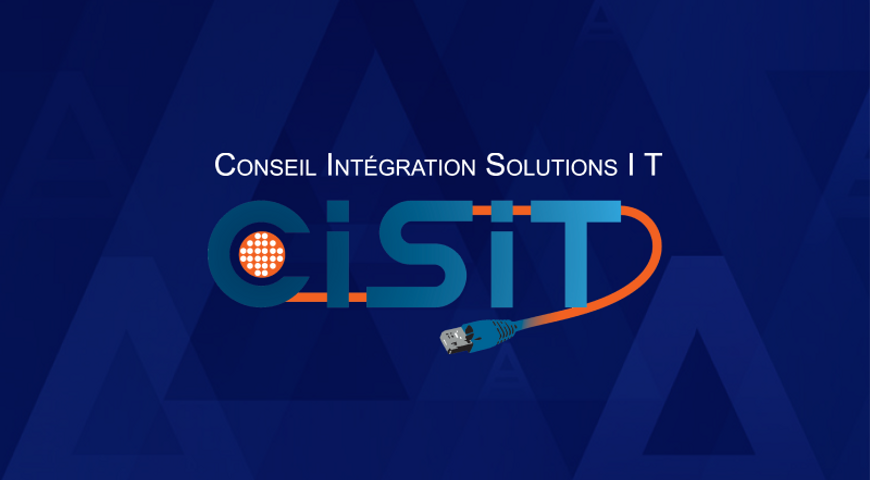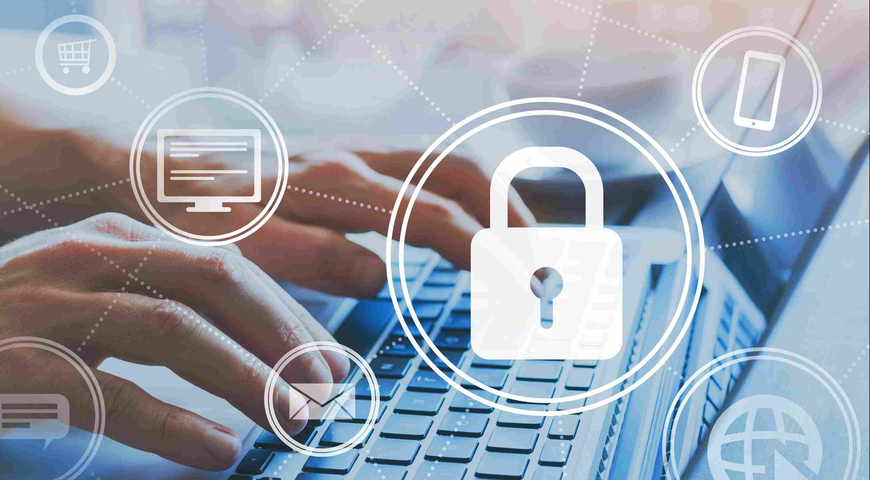Do you ever ask yourself: "How can I backup a Mac at work?" In the past, most corporate IT departments did not really have to think about this. Macs used to be a rarity in corporate IT. But now that the executive adoption of Apple products has finally broken down the protective walls of corporate IT standards, and bring-your-own-device (BYOD) is the new rule of the land, things have changed significantly. A growing number of companies offer employees the option to choose an Apple laptop as the machine provided for work or alternatively to bring their own Mac. Consequently, IT departments are confronted with an expanding ingress of Mac clients into their world, previously existing more or less peacefully under the rule of Microsoft.
It seems that lacking much of a strong choice of enterprise backup solutions with good Mac support, and given the limited integration of Macs into corporate IT infrastructures, only very few organizations have found a satisfying answer. Many IT organizations are simply unable to provide their Mac users with a backup solution, and the message is: "You are on your own." Others have resorted to rocky workarounds. Often, they supply USB drives or Apple's Time Capsule in order to at least have some kind of a backup for company data stored on employee-owned devices. In consequence, these organizations are condemning their IT workers to the hell of unmanaged - or should I say unmanageable? – storage and foreign objects lodged in their IT infrastructure.
The problems are obvious: external drives are lost or stolen, the user has to remember to connect them and initiate backups, complicated manual processes are required to ensure secure copies are stashed away in corporate vaults or even off-site. With a central device such as Time Capsule or even a dedicated Mac server, security is limited. And given that it's often executives who lead the Mac trend, assuring that only authorized personnel has access to the data is hard. At a minimum, this requires a whole separate access control infrastructure that is not integrated with the rest of IT. Finally, there is not integrated backup protection for these devices themselves. If the server room burns down, the backups are lost unless more manual processes are put in place to protect them.
With Acronis Backup & Recovery® for Mac, there now is a practical and easy solution to this problem. Acronis provides a software bundle and a reference architecture describing in detail how to integrate Time Machine backups into a corporate IT environment.
Here’s how it works:
- Acronis ExtremeZ-IP® provides a centralized store for Time Machine backups on a Windows server that is integrated with the corporate IT infrastructure, including Active Directory. This eliminates the need for external drives or dedicated devices foreign to the corporate IT landscape. At the same time, ExtremeZ-IP allows users to retain overall control of their own device, thus respecting the BYOD paradigm. It also allows the user to stick to their beloved Time Machine while documenting how to set up secure, automatic backups while eliminating the need for manual user interaction. Data on this central server is protected by the access control rules from Active Directory, ensuring that only authorized users have access, helping organizations to prevent unintended leakage of confidential and privileged information from their employees’ laptops.
- Next, using Acronis Backup & Recovery, the solution provides a means to back up the central server, adding the protection needed for what otherwise is a single point of failure. The supported backend targets include tapes, SAN/NAS, or disks. Combined with a subscription to Acronis Backup & Recovery Online, this solution also offers backup to the cloud, providing a very low-cost alternative for automatic off-site storage. Also, it allows remote management of the backup of the server. For customers with larger deployments, Acronis' storage node can be used on a separate machine to store the backups and stage them for additional backends. In combination with Acronis Backup & Recovery Online, the storage node combines the advantages of a local backup with a copy in the cloud. This hybrid approach avoids the performance penalty typical for recovering from a cloud-only backup. The storage node also provides deduplication capabilities and allows the consolidation of backups from multiple servers in multiple locations, if needed.
For customers using Acronis Backup & Recovery for their Windows and Linux machines, or for virtualization environments based on VMWare, Hyper-V or Red Hat, ExtremeZ-IP can be seamlessly integrated into their corporate backup configuration, ensuring a common corporate standard.
Even though full native support of Mac backup is not yet implemented in corporate backup, Acronis addresses the most pressing challenges created by the incursion of Macs into corporate IT.
Read the reference architecture to learn more.
Share your thoughts and experiences about the integration of Macs into the work environment!
About Acronis
A Swiss company founded in Singapore in 2003, Acronis has 15 offices worldwide and employees in 50+ countries. Acronis Cyber Protect Cloud is available in 26 languages in 150 countries and is used by over 21,000 service providers to protect over 750,000 businesses.



